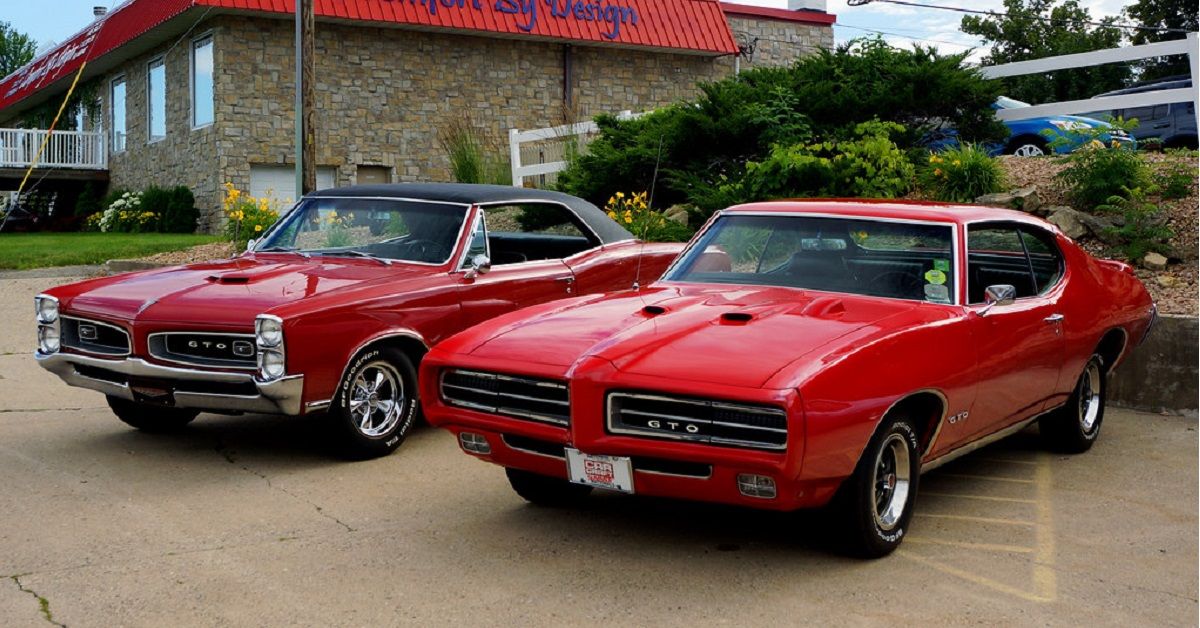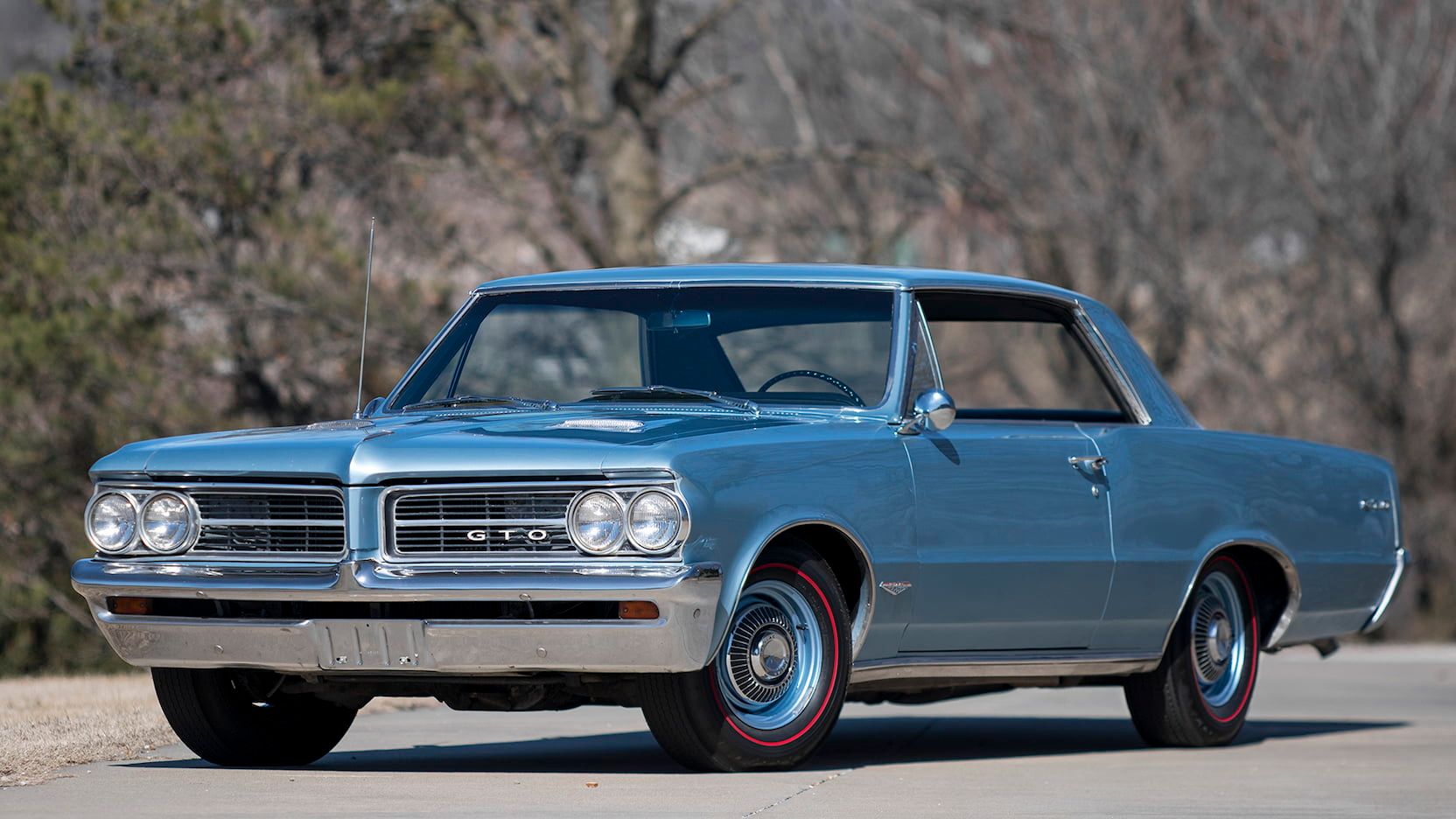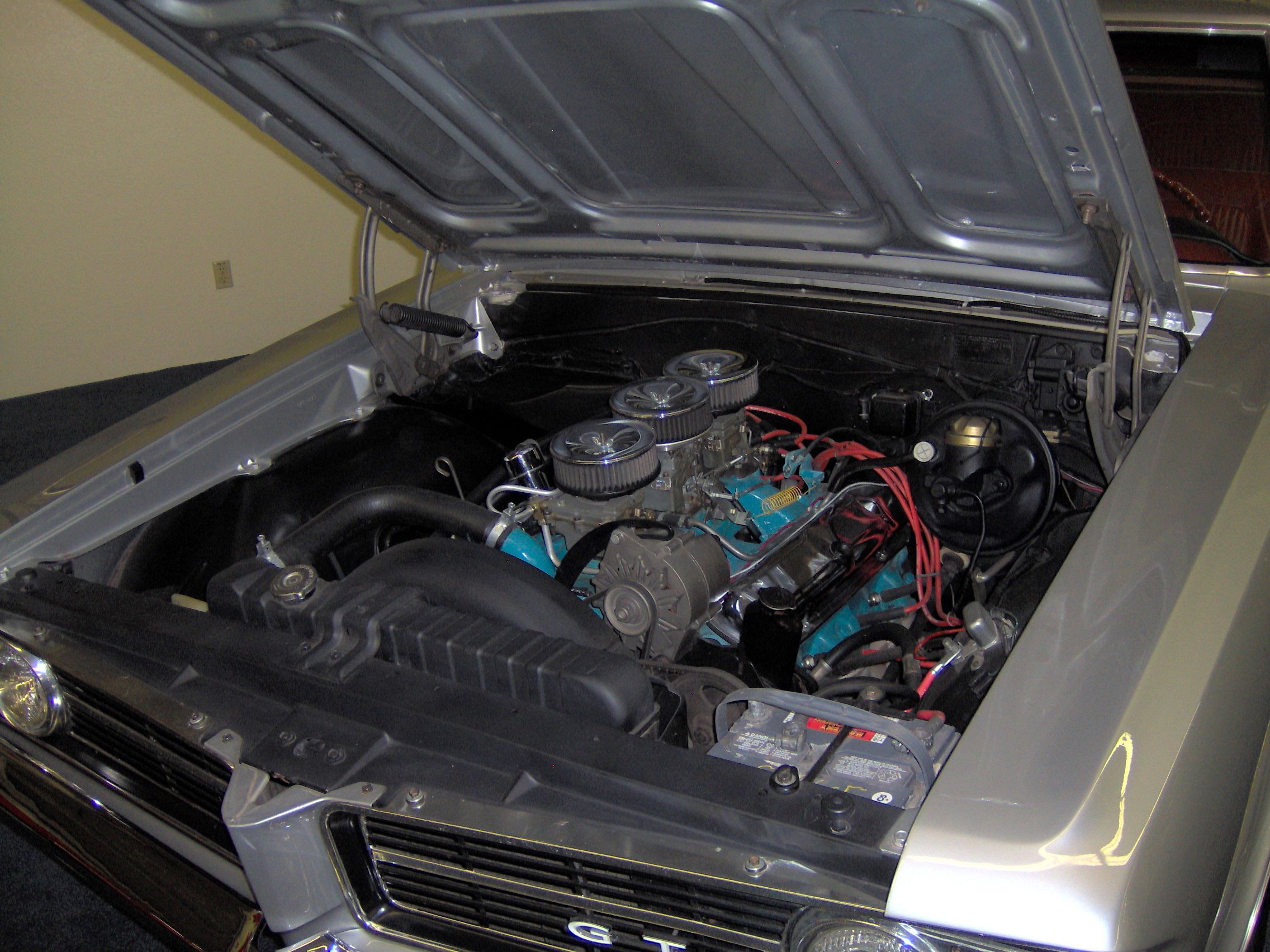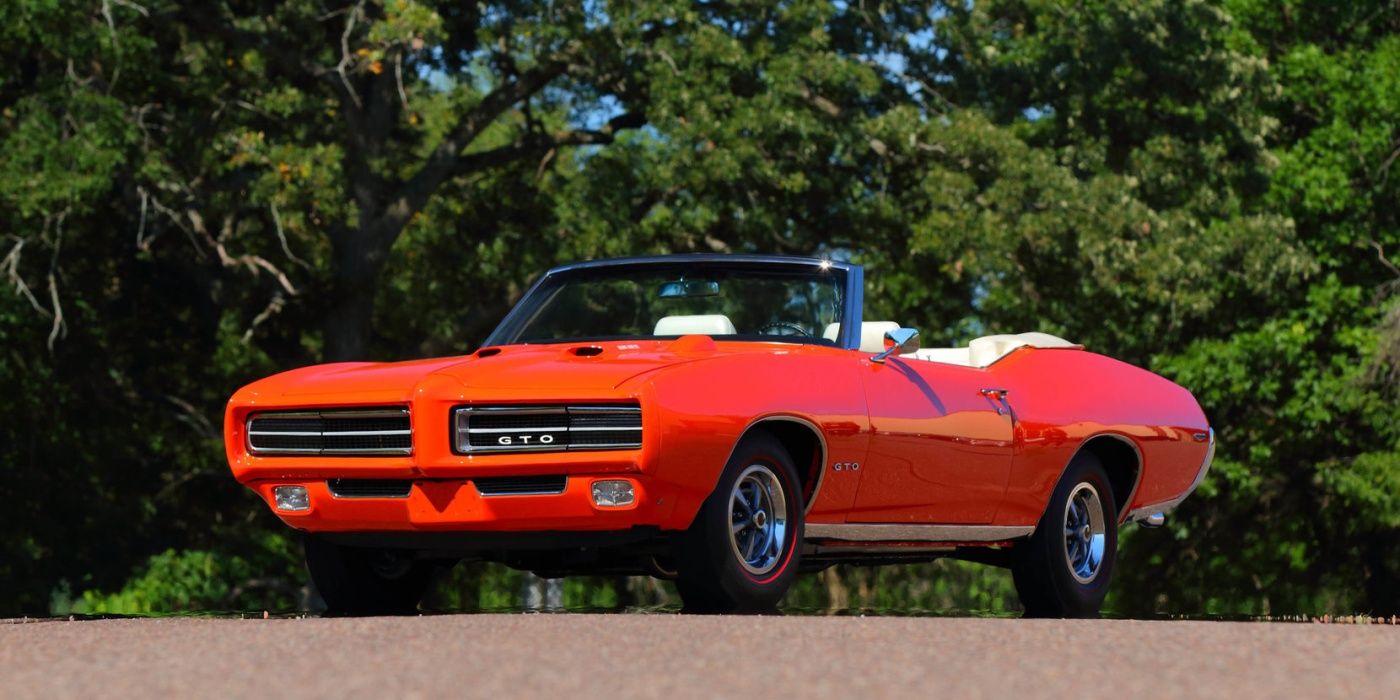In the early 1960s, despite General Motors banning factory involvement in racing, Pontiac was marketing their cars from a performance perspective. Instead of pointing to wins on the track, Pontiac talked up the abilities of their cars on the streets.
A team at Pontiac worked on a design that began the muscle car era by putting a 389 cubic inch V-8 into a regular sedan, the Pontiac Tempest. Though at the time General Motors banned models like the Tempest having an engine over 330 cubic inches, the team found a loophole to make it happen.
Initially, it was decided on to make the GTO an option available on the Tempest LeMans rather than its own standalone model. By offering the GTO package with the 389 engine as an option on the LeMans, the team circumvented the displacement rule, and it subsequently went into production. Recognized by many as the first muscle car, the GTO combined a fire-breathing American V-8 with a simple sedan that emphasized breathtaking acceleration and affordability for the masses.
Let's explore how the GTO took shape and how the muscle car segment lives on to this day.
Origins Of The Pontiac GTO
Following General Motors' ban on the use of their companies' cars in racing, Pontiac needed to find a car that would perform on the street and grab the attention of buyers across the US. Rather than develop an entirely new car designed for performance, a team at Pontiac led by John DeLorean (who later went on to found DeLorean Motor Company) came up with the idea of simply taking the high performance 389 cubic inch V-8 engine found in the Catalina and dropping it into a midsize sedan.
For the name, DeLorean chose GTO, taking inspiration from Ferrari's famed 250 GTO model. GTO stands for Gran Turismo Omologato, which is Italian for "certified for racing in the grand tourer class". Though the Pontiac GTO wasn't intended for racing, the name added some pizzazz and mystique to the car. And with its performance credentials, the GTO was going after the important younger market that would be crucial to good sales numbers.
The first GTOs rolled off the line in 1964 and offered a host of performance-enhancing options like a more powerful engine, four-speed manual transmission, limited-slip differential, and extra cooling capacity, among others.
V-8 Engines To Burn Rubber
Though the GTO offered a number of high-performance features, the engines were the centerpiece. Chief among them was the Tri-Power setup that used three carburetors for increased fuel and air delivery and became a recognized hallmark of the Pontiac brand. Tri-Power used three Rochester 2G carburetors for a gain of 23 HP over single-carbureted versions of the same engine. Additionally, Tri-Power was a relatively inexpensive option that was accessible to those who desired increased power without breaking the bank.
Through the 1960s, a number of different V-8 engines were available in the GTO. This culminated in the 1967 model with a 400 cubic inch high output V-8 engine producing 360 HP and 438 lb-ft of torque, making for a quintessential American muscle car engine. A new induction system was used, the 4-barrel Rochester Quadrajet carburetor, creating a roaring American V-8 for both the street and drag strip.
Here's What Makes The Pontiac GTO The Best 60s Muscle Car
The GTO Through The Years
After being introduced as an option on the LeMans for its first two years of production, the GTO finally became its own model in 1966. Styling changes year to year were the norm, and as more time passed, the GTO gained size and a more shapely exterior. 1968 brought a redesign that was more bulbous and aerodynamic in appearance, giving the GTO a new look as the 1970s approached.
As the '60s were coming to an end, the GTO had a run of powerful engines to close out the decade. The Ram Air IV V-8 topped the lineup with 370 HP and 445 lb-ft of torque, using high flow exhaust manifolds and a high lift/long duration camshaft.
As the 1970s and new emissions restrictions arrived, the GTO's powerplants became less and less powerful. Large displacement V-8 engines were still used, but times were changing, and big muscle cars like the GTO were on their way out.
Still, the legacy created by the early versions of the GTO was there; a series of cars with drag strip capable performance in a simple package that regular people could enjoy.
Production ended in 1974 (the GTO model was briefly brought back in the early 2000s) after a memorable run of interesting muscle cars that set the standard for the genre. The GTO may not have been the best handling or fanciest car out on the street, but with its simple American muscle car power, it had given people loads of fun at an affordable price.




